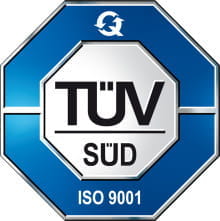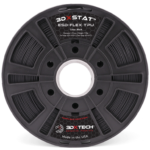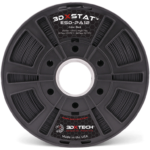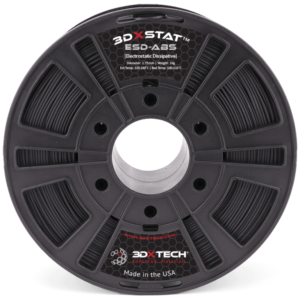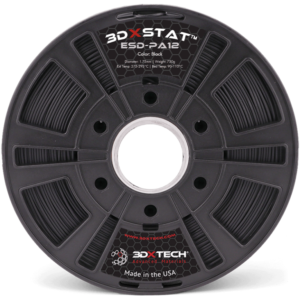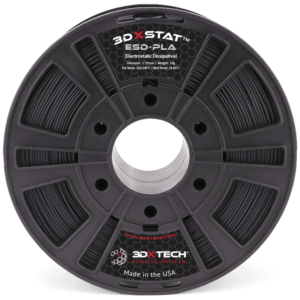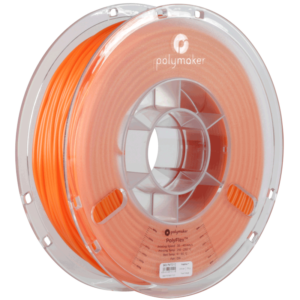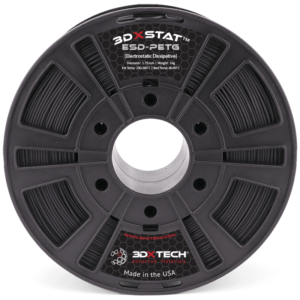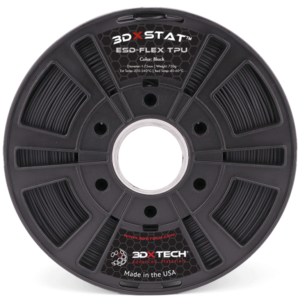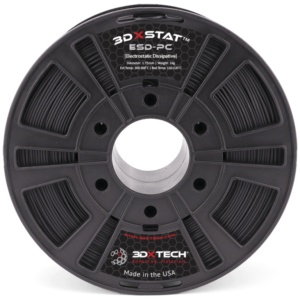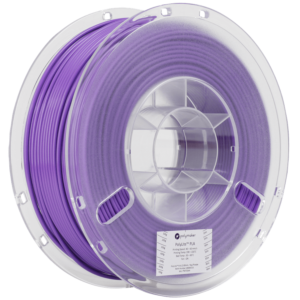
3DXSTAT ESD OBC (PE COPOLYMER)
3DXSTAT™ ESD-Safe OBC is made using Evolv3D™ OBC [Olefin Block Copolymer]. This is an engineering-grade material based on this novel polyethylene copolymer and CNTs. OBC is the state-of-the-art in polyethylene 3D printing and eliminates many of the problems associated with printing polyethylene-based materials.
- Description
Description
3DXSTAT™ ESD OBC Polyethylene Copolymer 3D Printing Filament
Our 3DXSTAT™ ESD OBC is made using Evolv3D™ OBC (Olefin Block Copolymer) from Dow. This is an engineering-grade material based on a novel polyethylene copolymer and multi-wall carbon nanotubes. ESD OBC is the state-of-the-art in polyethylene 3D printing and eliminates many of the problems associated with printing polypropylene-based materials.
3DXSTAT™ ESD-Safe OBC’s target surface resistance is 10^7 to 10^9 Ohm. This material is semi-crystalline and has excellent chemical resistance coupled with ease of printing and real-world functional properties.
The reels contain 750g of filament, but based on the very low density of ESD OBC, this is the same amount of filament that would typically be found on a 1kg reel of ABS. This allows you to print light-weight and exceptionally durable parts for medical, drones, watercraft, automotive, or any application which would benefit from a light weight, ESD-Safe, chemically resistant material.
Print Recommendations
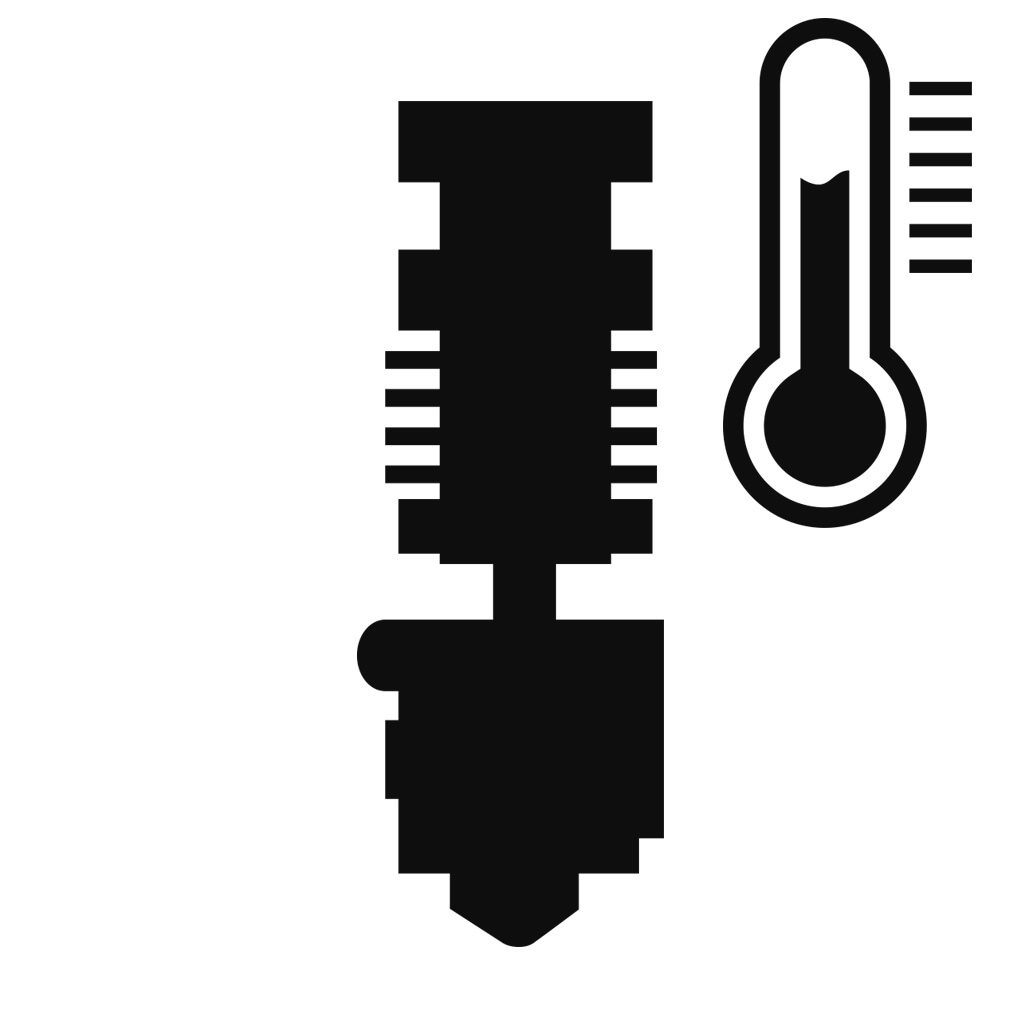
Extruder Temp
175-215°C
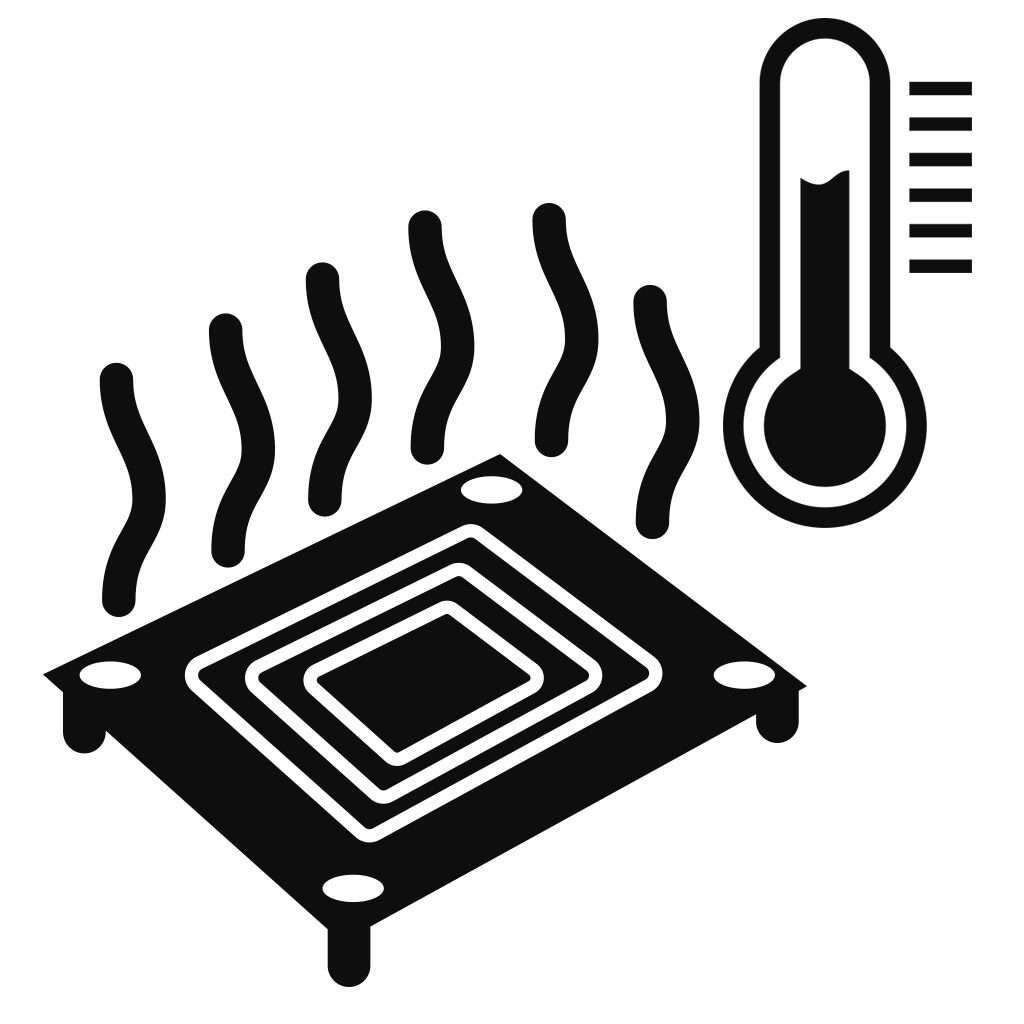
Bed Temp
60-100°C
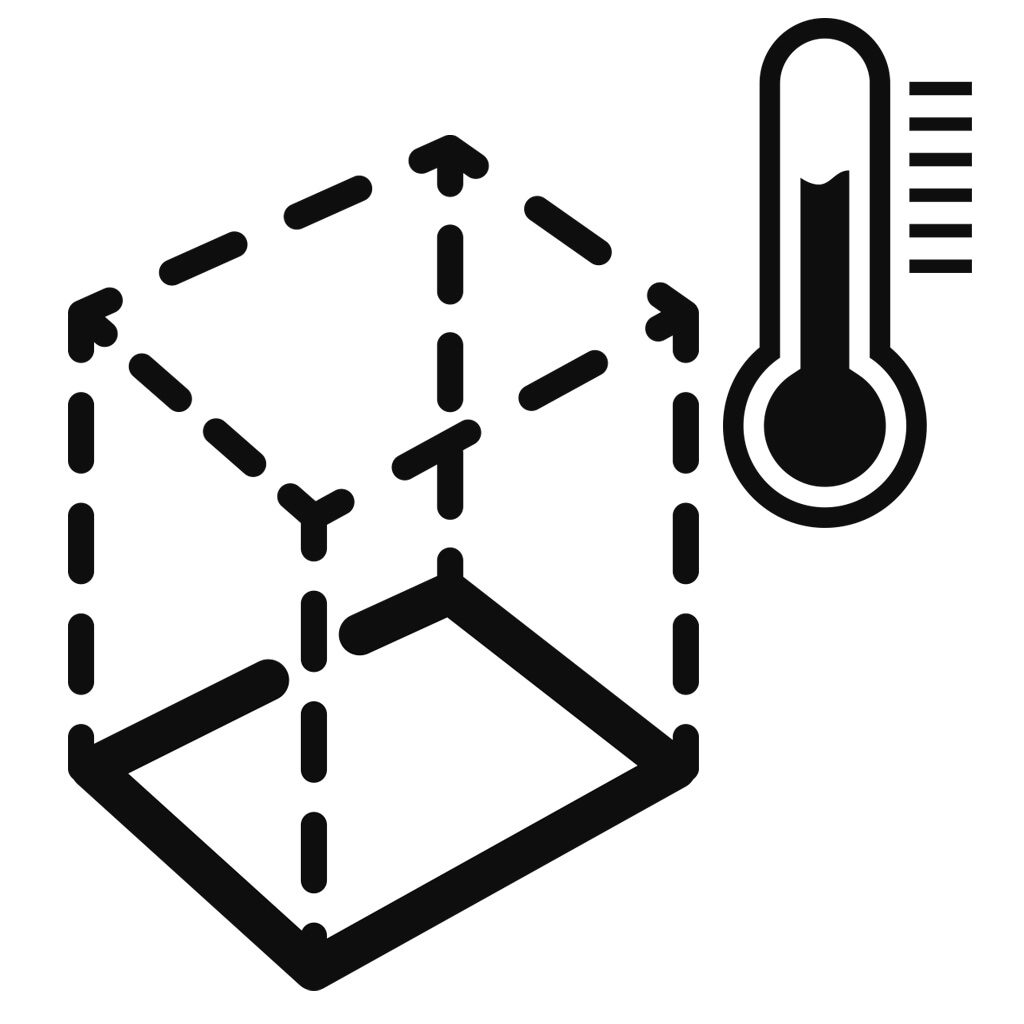
Heated Chamber
Not required
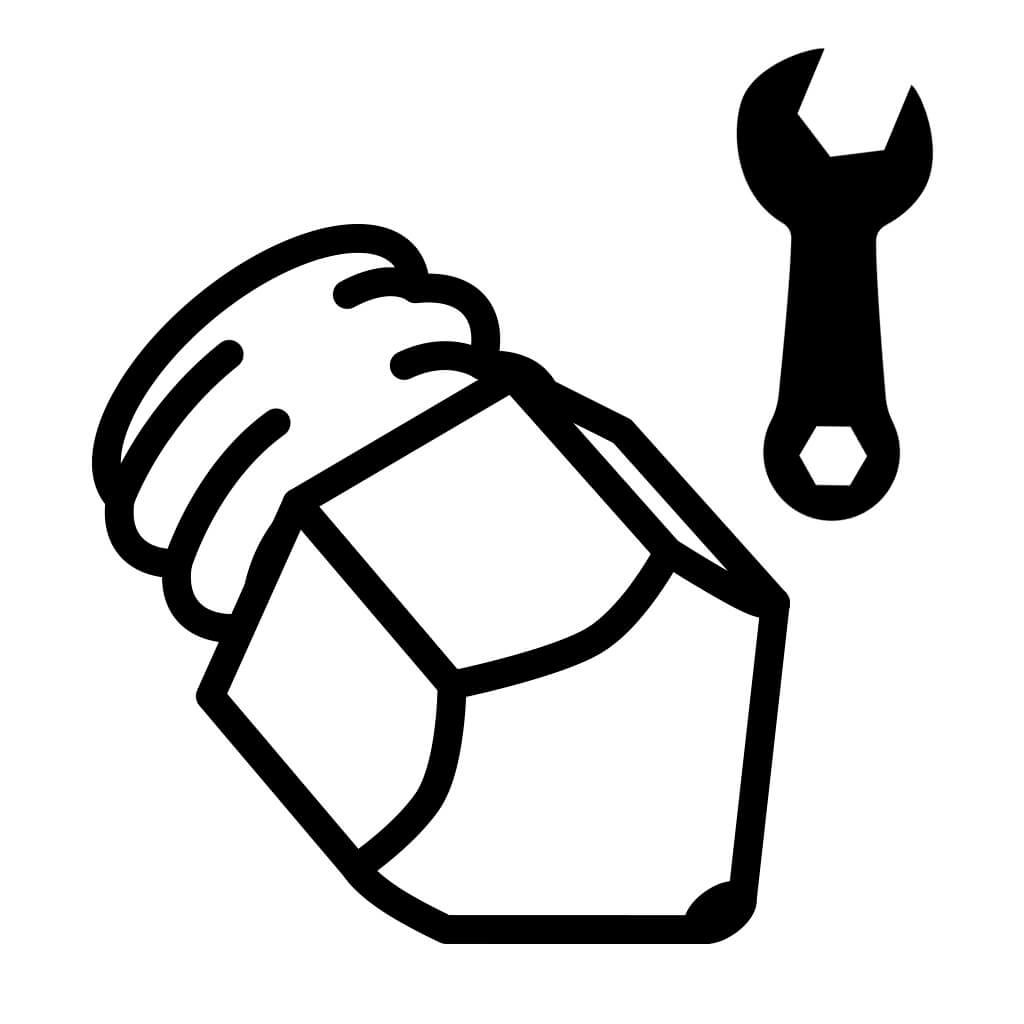
Nozzle Specs
No special concerns
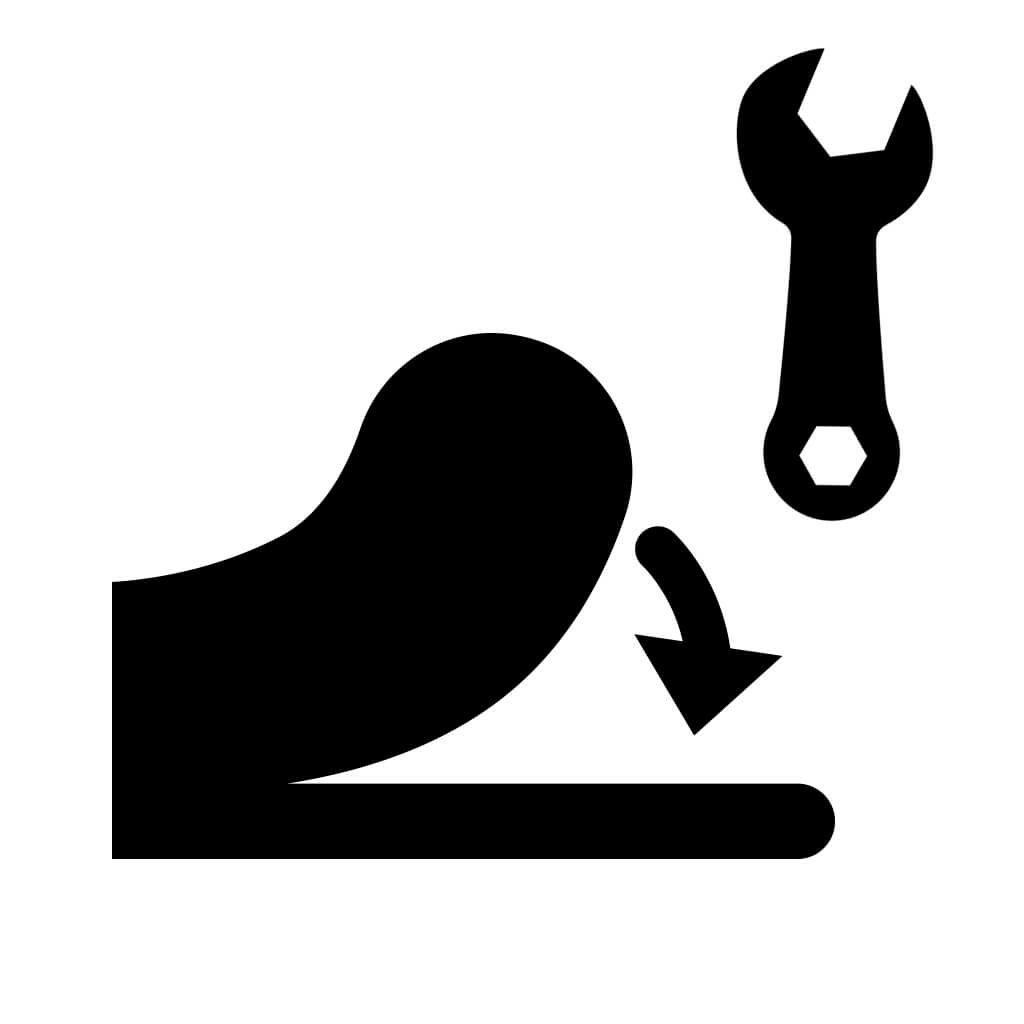
Bed Adhesion
Magigoo Bed Prep
Polyimide Tape
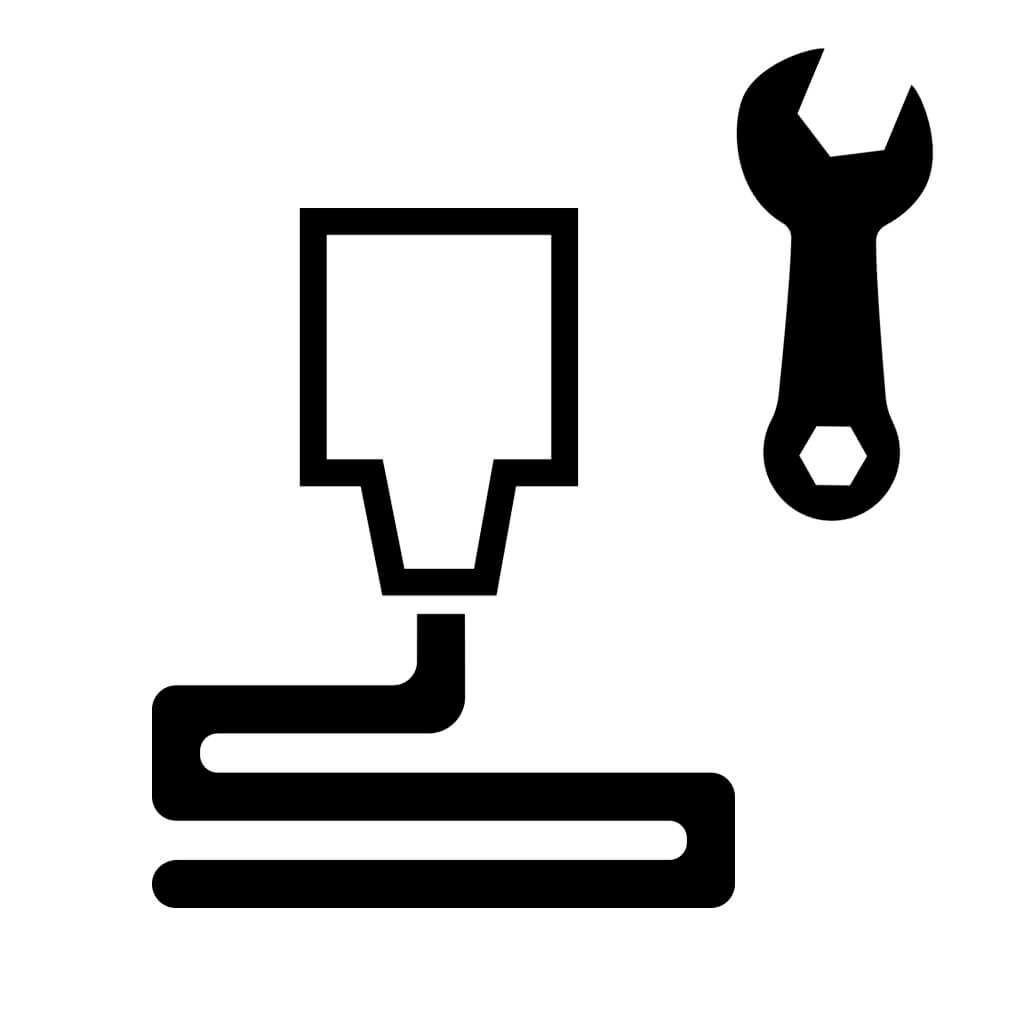
Layer Height
No special concerns
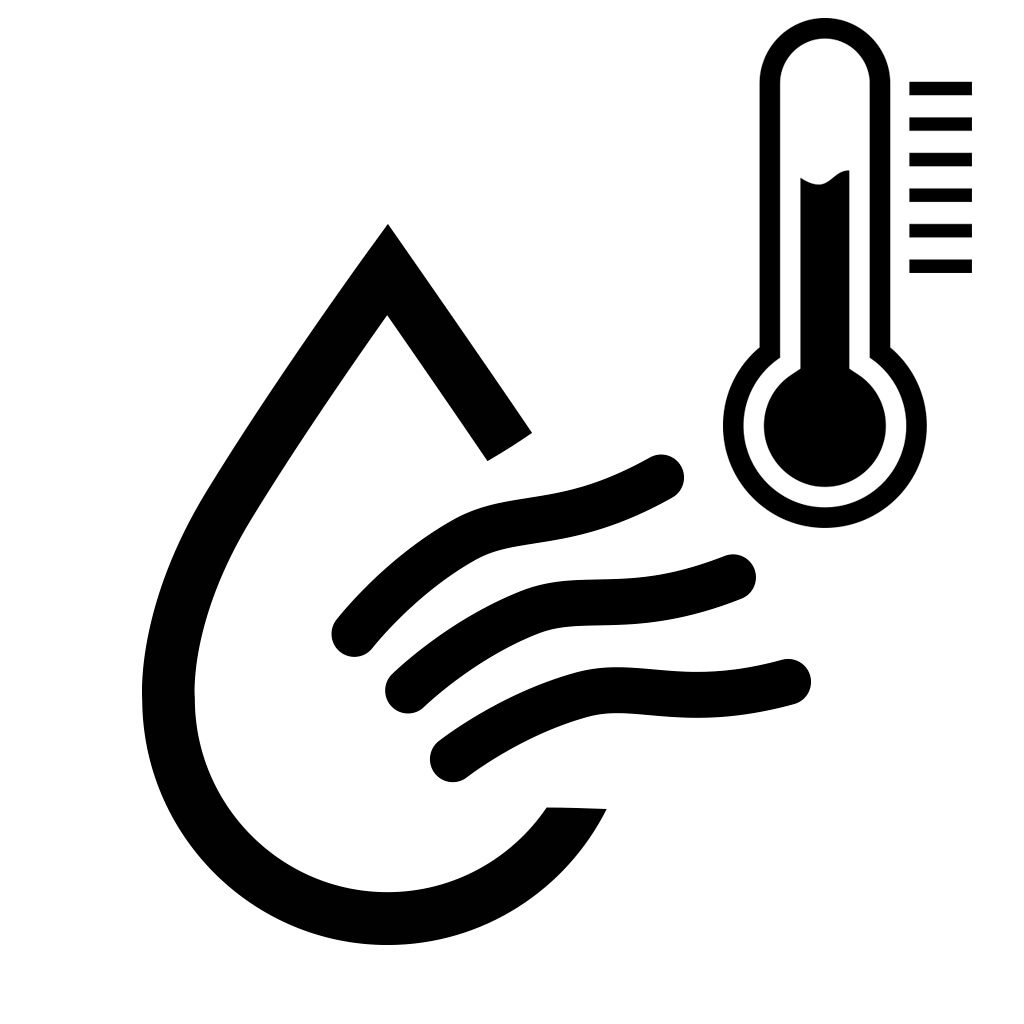
Drying Specs
65°C for 4 hours
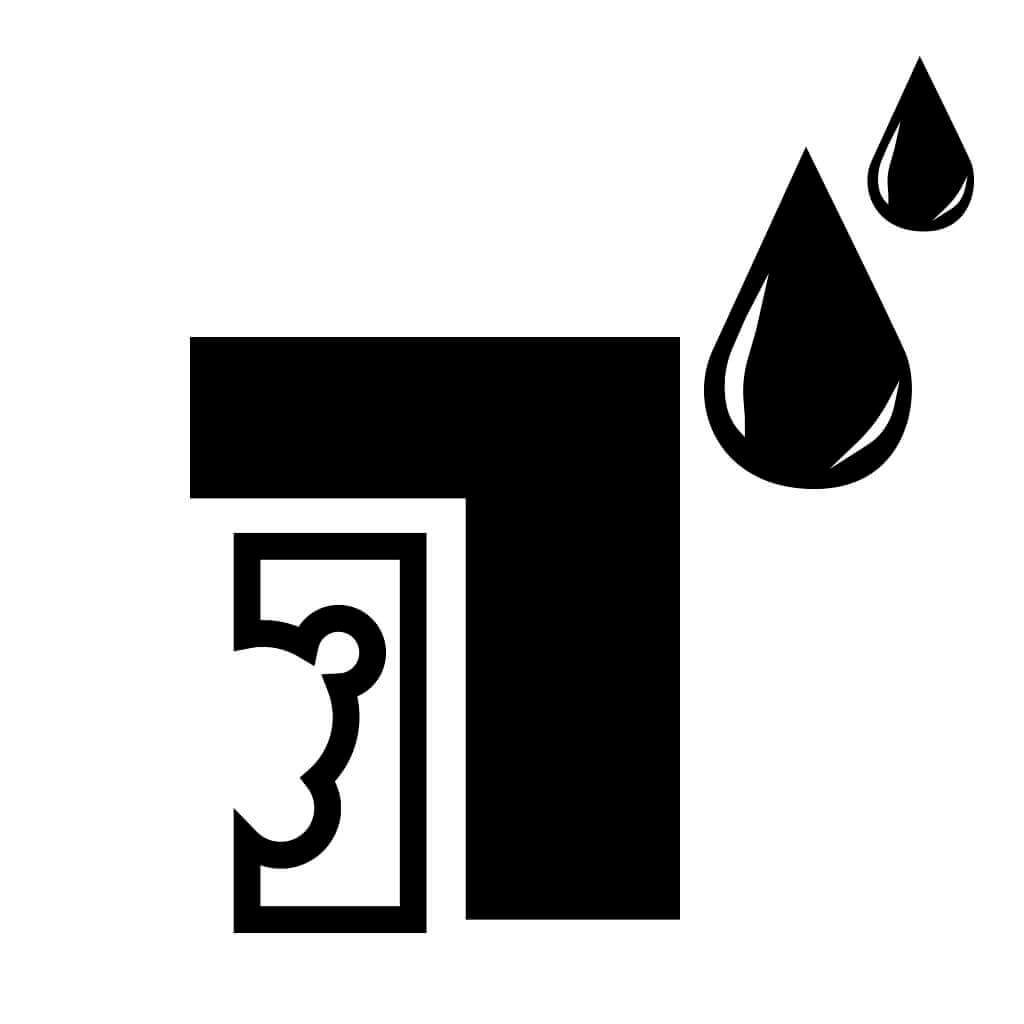
Supports
Water Soluble Support
Benefits of OBC Include:
- Superior chemical resistance
- Flexible and fatigue resistant
- Excellent layer bonding
- Very low density, 0.95 g/cm3
- No moisture absorption, no need to dry!
- Virtually no odor emitted while printing
Benefits of 3DXSTAT™ Include
- Consistent surface resistivity
- Improved retention of impact & elongation
- Low particulate contamination
- Minimal contribution to outgassing and ionic contamination
Typical ESD OBC Applications Include:
- Semi-con: HDD Components, Wafer Handling, Jigs, Casings, & Connectors
- Industrial: Conveying, Metering, and Sensing Applications
Target Conductivity for 3DXSTAT ESD OBC:
- 10^7 to 10^9 ohm surface resistivity on 3DP sample using concentric ring test method.
- Note: Internal studies have indicated that increased extruder temperatures can achieve higher levels of conductivity. Likewise, lower extruder temperatures have resulted in lower levels of conductivity. Each printer is set-up differently, not to mention varied part geometry. Therefore, expect some trial time to understand how ESD OBC filament works in your specific printer and application.
Surface Conductivity as a Function of Extruder Temperature:
The surface resistance of the printed ESD-safe part will vary depending on the printer’s extruder temperature. For example, if your testing indicates the part is too insulative, then increasing the extruder temperature will result in improved conductivity. Therefore, the surface resistance can be ‘dialed-in’ by adjusting the extruder temperature up or down depending on the reading you receive on your part.
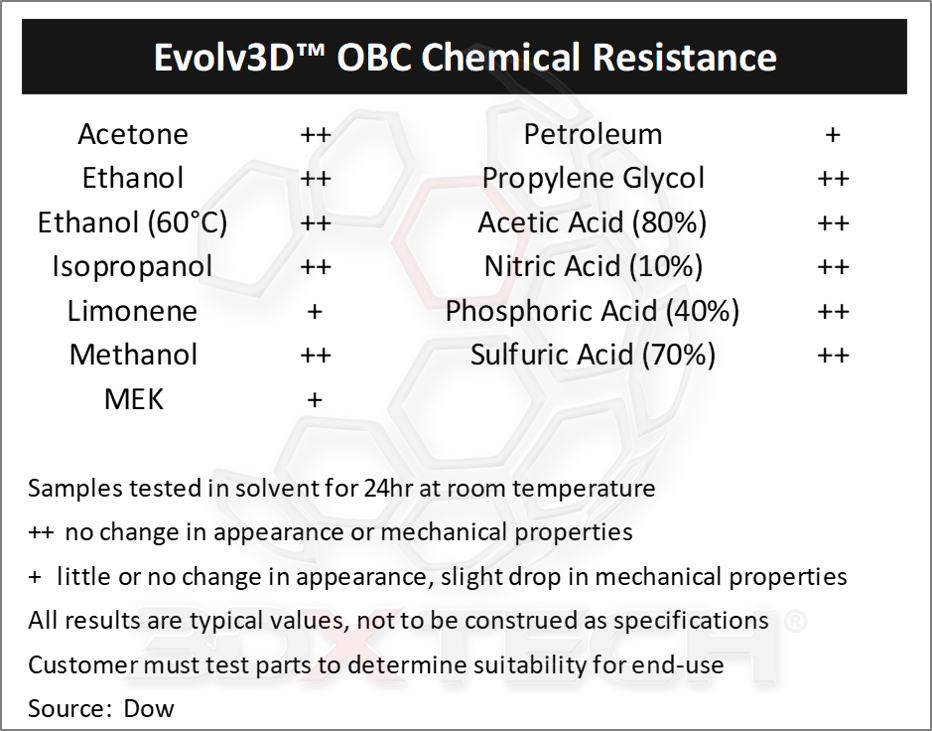
Filament Specifications:
1.75mm and 2.85mm +/- 0.05mm in diameter
Recommended Print Settings:
- Extruder: 175-215°C
- Bed Temp: 60-100°C
- Bed Prep: Magigoo Bed Prep or 3DXTECH Polyimide Tape gives us the best results
- Heated Chamber: Not required, though a 23-60°C enclosure (if possible) helps ensure good bed adhesion and successful printing
- Supports: AquaTek™ water soluble X1 USM Universal Support Material works ideal for complex parts
- Drying Instructions: 65°C for 4 hours.
Evolv3D™ is a trademark of The Dow Chemical Company

